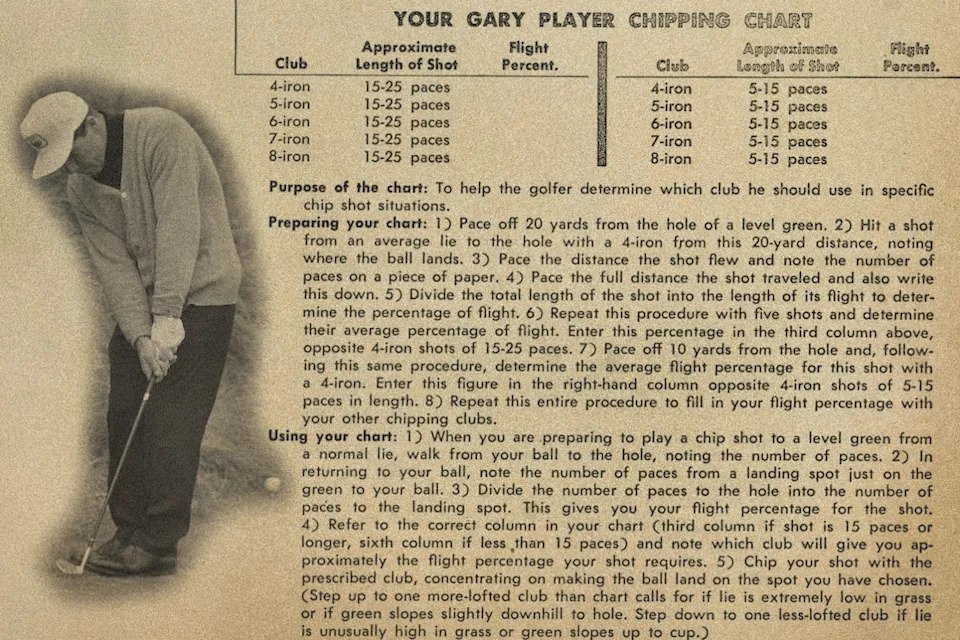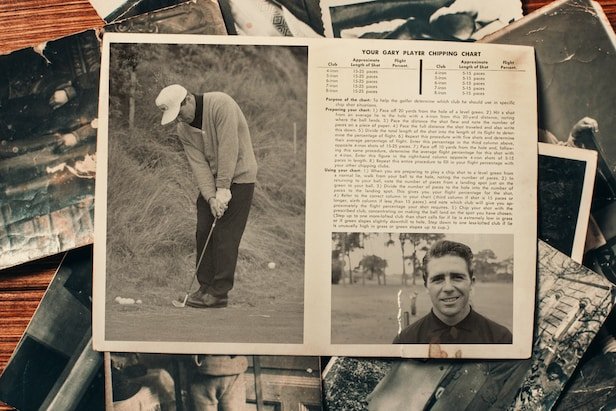In honor of Gary Player’s 90th birthday, I went back into the Golf Digest archives to find some tips the rest of us can learn from.
Golf Digest and Gary Player have been a bit of a match made in heaven over the years. He was a frequent guest in the instruction pages of the magazine during his prime in the 1960s and 1970s, and an outspoken voice in his later years. Like this spicy exchange from a 1995 Golf Digest interview:
Advertisement
“I would say 70 percent of [golf swing information] is rubbish. I’ve spoken to the top players and they all say they can’t believe a lot of the methods that are being taught. For me, the best way to teach yourself is by trial and error. Ben Hogan once said if you hit a million balls you’ll find out. And that’s what you’ve got to do. You’ve got to go and beat balls. You’ve got to practice like an animal. Learn what suits you and use it to play in a tournament. Then when things are tough you’ve got something to fall back on.”
Perhaps my favorite bit of Player advice, though, was a chipping tip from his tee-to-green game improvement series from 1961. In it, Player reveals the formula he uses for low-stress up and downs. He says that whenever possible, Player attempts to hit the same chip shot:
-
Weight forward, ball position back
-
Putting stroke motion with less wrist action
-
Land the ball on the fringe, or one yard onto the green
(You can learn more about this basic chipping motion right here)
633291586
R&A Championships
Advertisement
Player says he doesn’t vary his chipping motion, but rather his club selection using this chart, and the following method:
-
Select a spot (or hole) on a flat green 20 yards away
-
Hit five balls with four different clubs of your choice to that spot
-
Estimate where the ball landed
-
Walk off the distance to that spot
-
Next, walk off the distance from where the ball landed to where it finished
-
Repeat this process with a spot on a flat green 10 yards away
Quick note is that Player says he uses a 4-iron through 8-iron for this, but you can use whatever four clubs you want.

/content/dam/images/golfdigest/fullset/2022/Gary.jpg
(Golf Digest+ members get access to the complete Golf Digest archive dating back to 1950. Sign up here.)
This process will tell you helpful stuff, for example:
-
Let’s say you’ve got a 20-yard chip shot. You hit your 6-iron and measured that it flew about five yards and rolled about 15 yards. Now you know that your 6-iron chip shot carries about five yards and rolls about 75 percent of the way.
-
But if you try that same shot with your 9-iron, you may find it carries 10 yards and rolls the other 10, a 50-50 fly-roll percentage.
Again, Player’s idea is that you don’t have to change your chipping motion—that can stay simple—but you give yourself different options with the different clubs.
“People must think I’m a little off pacing from the ball to the hole and then back again, but it does help me,” he writes.
Advertisement
You can check out the full article here.
Read the full article here


